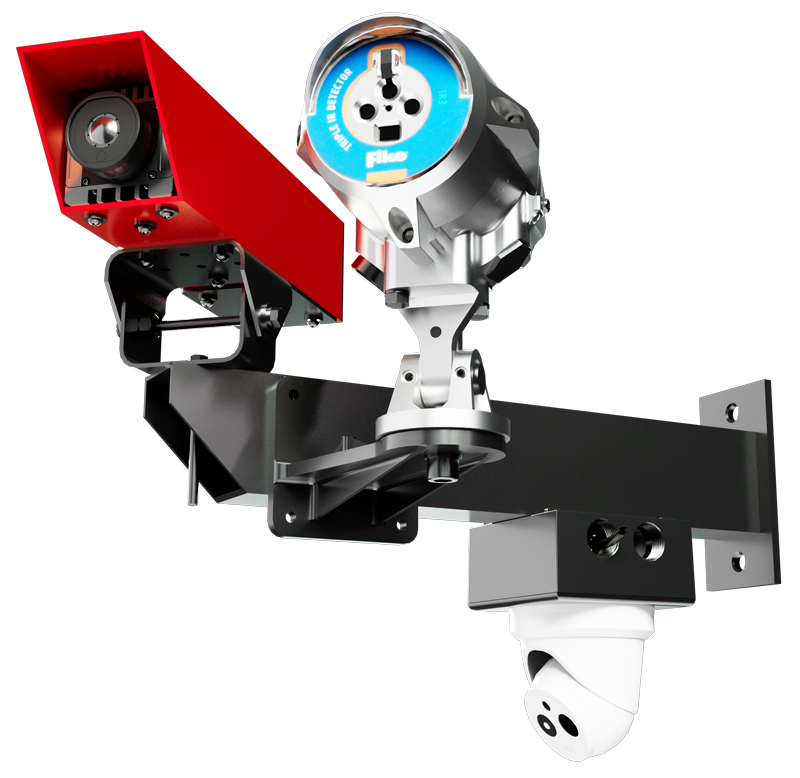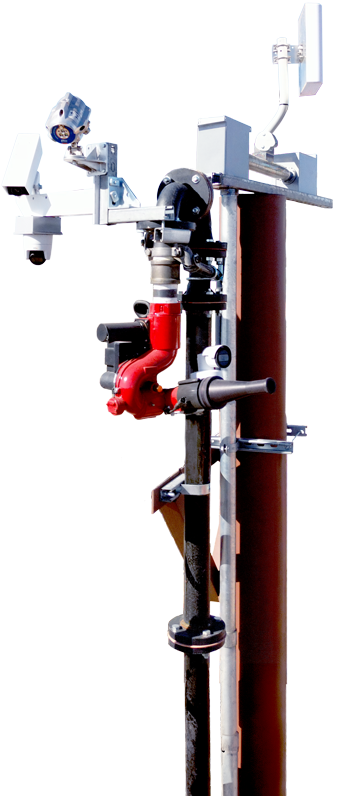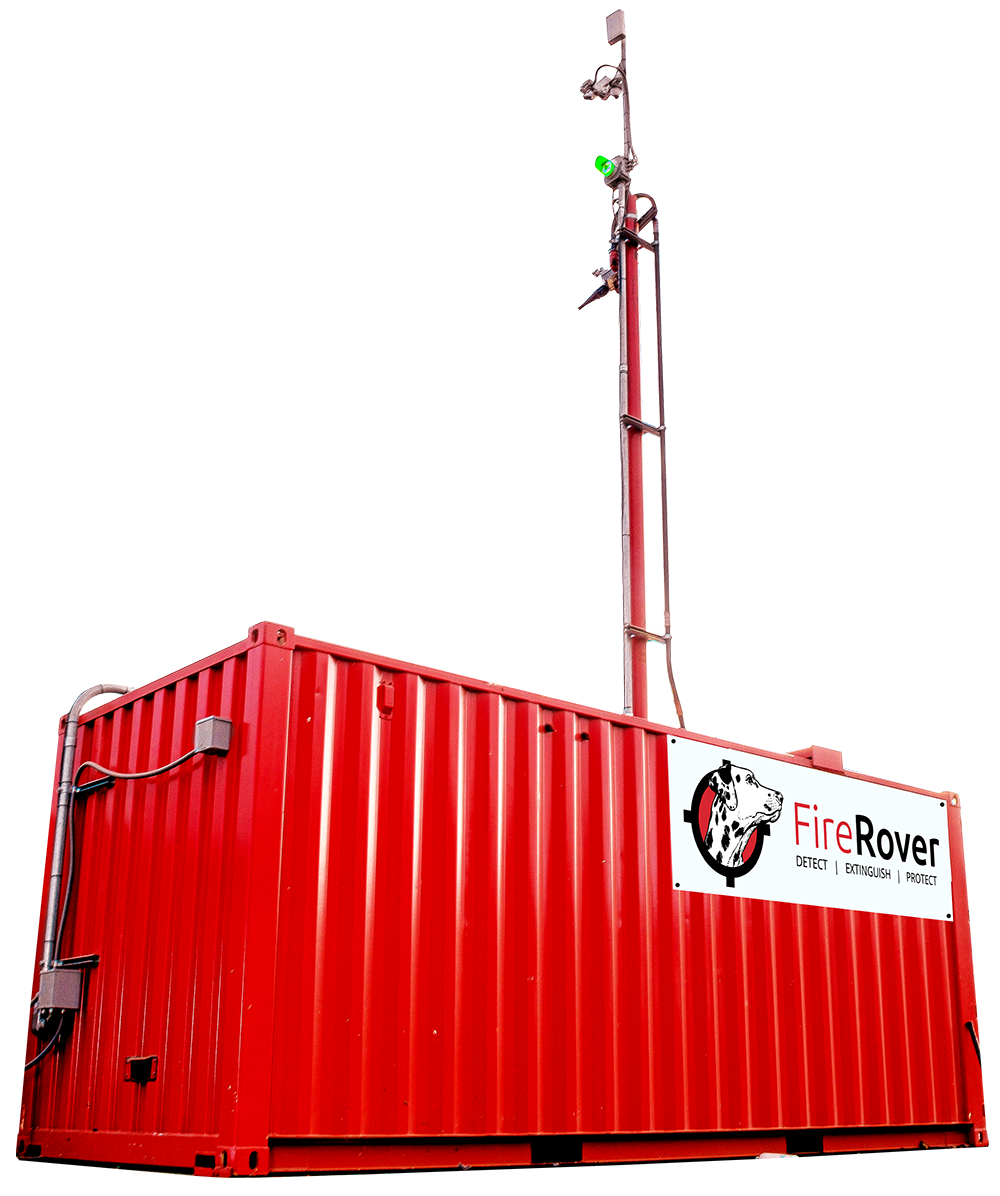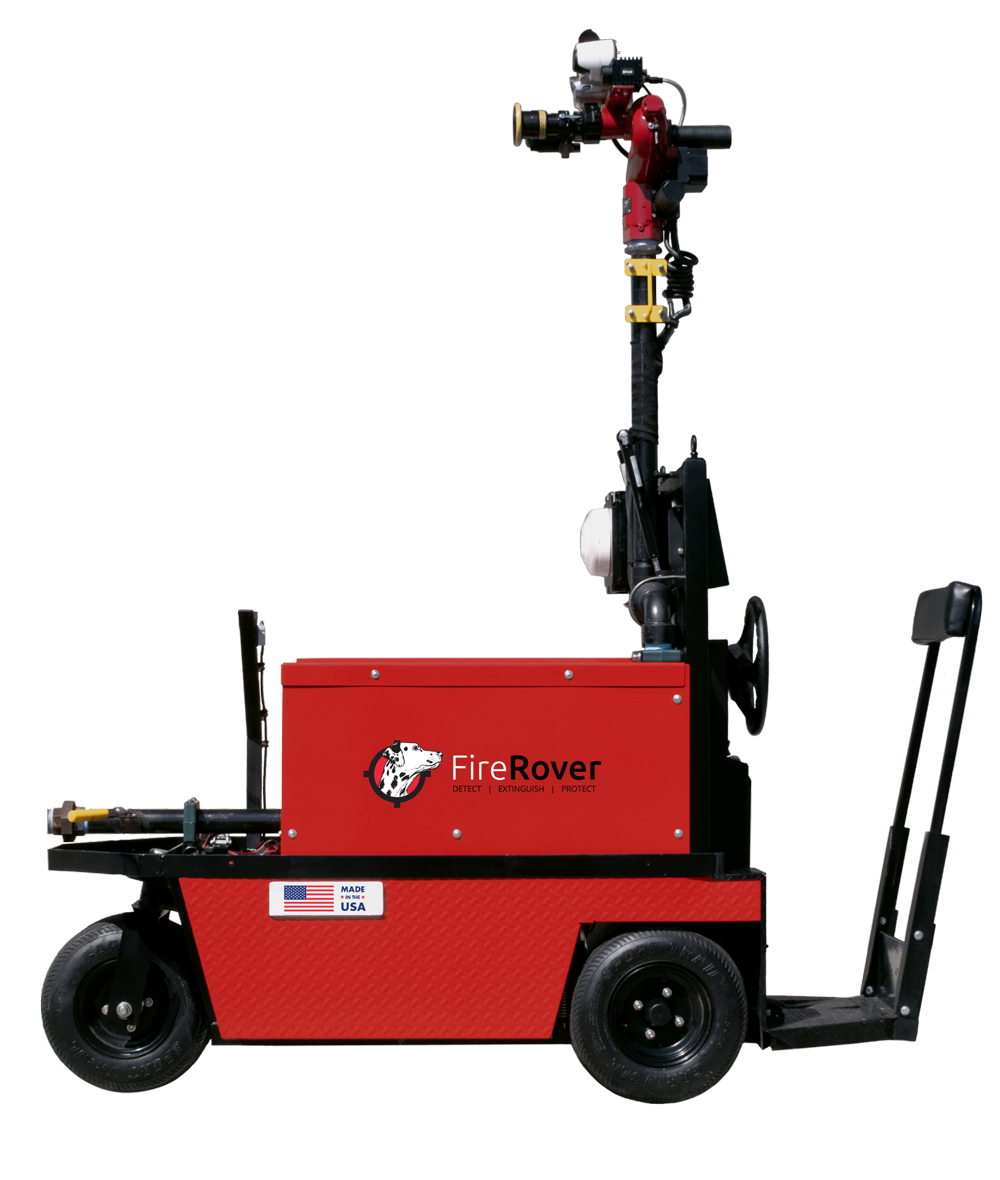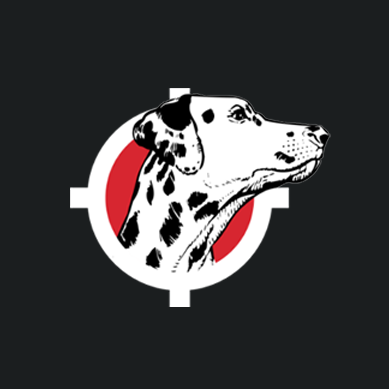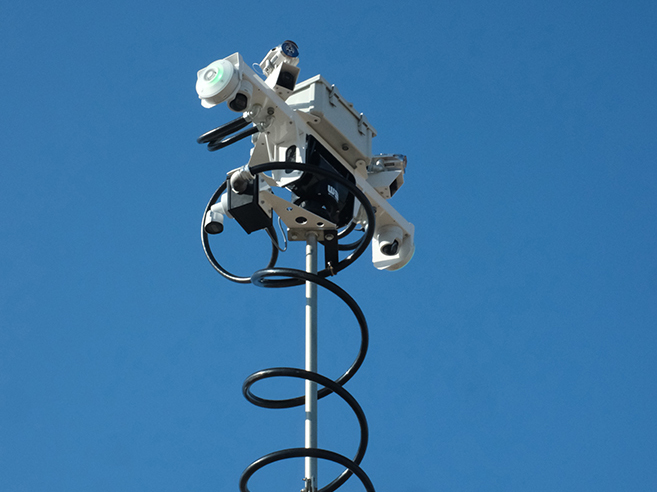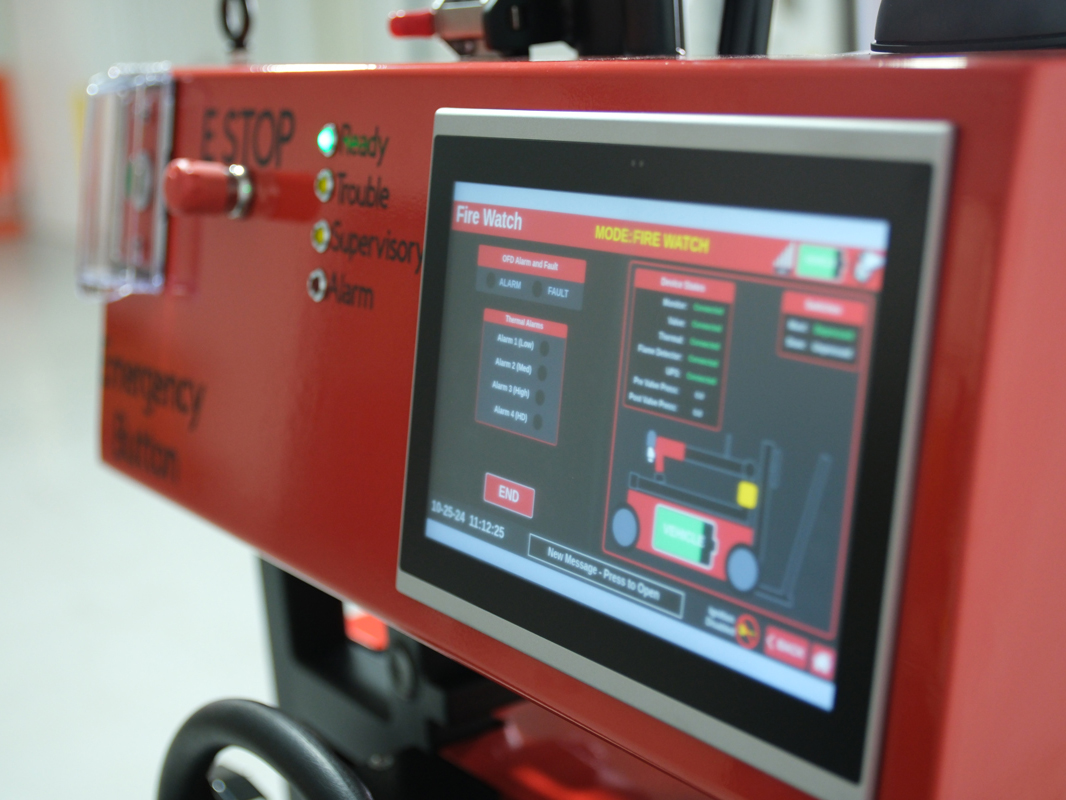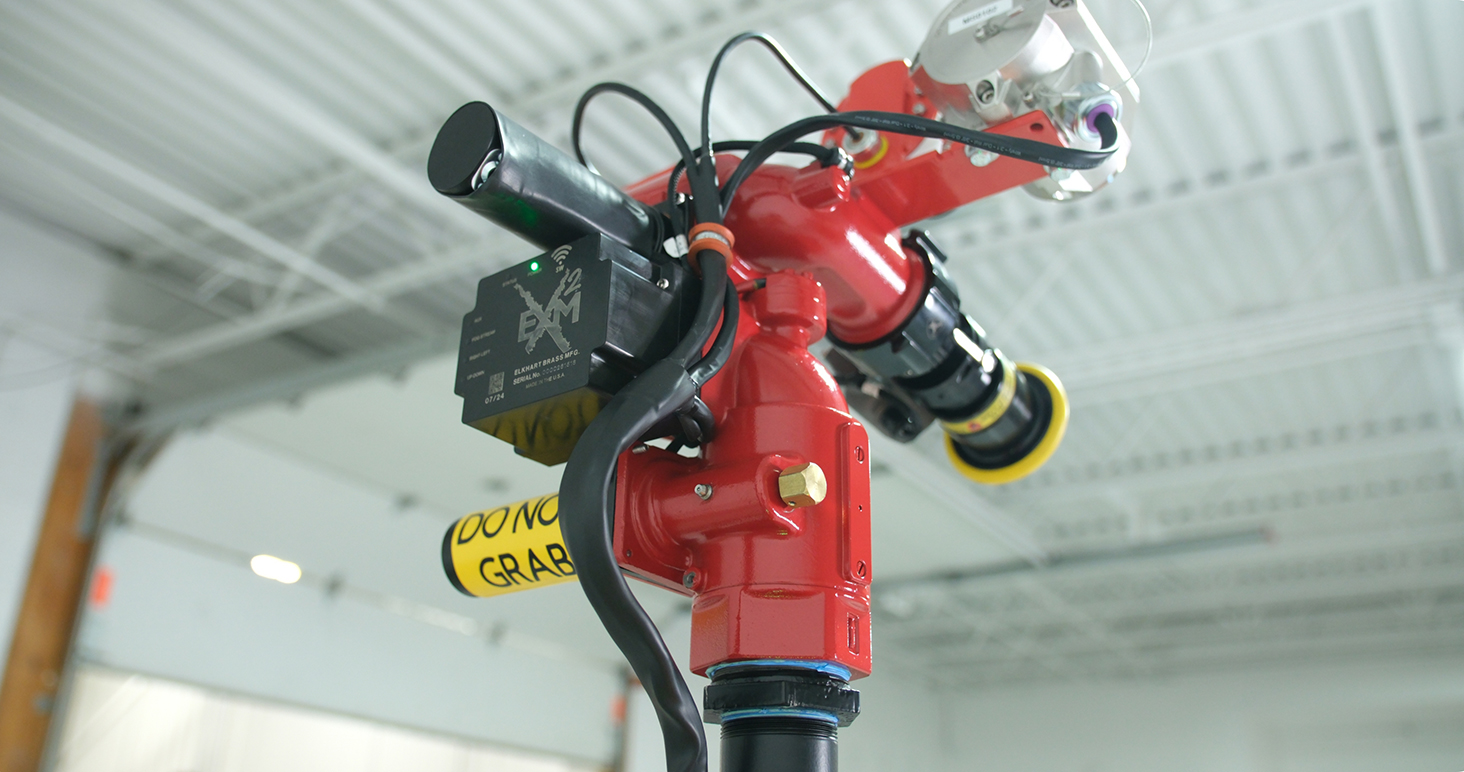When most people think of fire protection, the first thing that comes to mind is sprinklers. They’re everywhere — in office buildings, retail stores, and warehouses — and for good reason: sprinkler systems are one of the most common forms of fire suppression worldwide. But while sprinklers work well for many environments, they aren’t always the best solution.
From data centers filled with sensitive electronics to industrial plants with flammable liquids, water-based suppression can actually cause more harm than good. That’s where alternatives to fire sprinkler systems come into play. These solutions are designed to detect and suppress fires more effectively in specific environments, reduce collateral damage, and sometimes act faster than sprinklers can.
In this blog, we’ll explore fire sprinkler alternatives, their pros and cons, and the types of industries they’re best suited for — so you can make an informed decision about the right protection strategy for your facility.
Why Look Beyond Fire Sprinkler Systems?
Sprinklers have saved countless lives and properties, but they do have serious limitations. Knowing when to consider an alternative to fire sprinkler systems can make the difference between a small incident and a catastrophic loss.
Key reasons to look beyond sprinklers include:
- Water Damage: While sprinklers suppress flames, the water can ruin electronics, documents, or expensive equipment.
- Slower Activation: Sprinklers often rely on heat activation, meaning a fire must grow significantly before suppression begins.
- Limited Fire Types: Sprinklers are effective on Class A fires (wood, paper, cloth), but less so on flammable liquids, electrical fires, or lithium-ion battery incidents.
- Code Requirements: Certain industries, such as commercial kitchens or chemical storage facilities, are required to use specialized suppression systems instead of sprinklers.
For these reasons, industries like waste and recycling facilities, server rooms, data centers, and manufacturing plants often turn to fire sprinkler alternatives that are faster, safer, and more effective for their specific risks.
6 Leading Alternatives to Fire Sprinkler Systems
Below are some of the most effective and widely used alternatives to fire sprinkler systems, each with unique strengths depending on the environment.
Fire Rover
Why It’s a Top Choice:
Fire Rover is a mobile, human-verified fire detection and suppression solution. Unlike traditional systems that wait for flames to activate, Fire Rover uses thermal imaging, smoke analytics, and remote human operators to detect and suppress fires before they spread.
Pros:
- Early detection and suppression before flames spread
- Human verification reduces false alarms
- Works in outdoor and high-risk industrial environments where sprinklers aren’t effective
- Minimizes collateral damage by targeting specific hotspots
Cons:
- Tailored primarily to high-risk industries rather than general commercial use
Best For:
- Recycling facilities
- Landfills
- Scrap metal yards
- Wood processing plants
Water Mist Systems
Why They’re Popular:
Instead of drenching an entire area, water mist systems release ultra-fine droplets that absorb heat and displace oxygen.
Pros:
- Uses less water, minimizing damage to assets
- Cools fires rapidly while limiting re-ignition
- Effective on a wide range of fire types
Cons:
- More expensive than standard sprinklers
- Requires specialized equipment and maintenance
Best For:
- Healthcare facilities
- Museums and archives
- Facilities with sensitive equipment
Foam Suppression Systems
Why They’re Effective:
Foam systems spread a thick blanket over flammable liquids, cutting off oxygen and preventing re-ignition.
Pros:
- Extremely effective on Class B fires (flammable liquids and chemicals)
- Provides both cooling and smothering action
- Required in many chemical and fuel-handling facilities
Cons:
- Requires special tanks and distribution equipment
- Cleanup can be costly and time-consuming
Best For:
- Aircraft hangars
- Oil and gas facilities
- Chemical plants
Clean Agent Systems
Why They Stand Out:
Clean agents (like FM-200 and Novec 1230) are gaseous chemicals that extinguish fires without leaving residue.
Pros:
- Safe for electronics, documents, and artifacts
- Leaves no residue and requires no cleanup
- Fast-acting, extinguishing fires in seconds
Cons:
- Higher installation costs
- Requires sealed environments to function properly
Best For:
- Data centers
- Server rooms
- Museums and libraries
Dry Chemical Systems
Why They’re Widely Used:
Dry chemical agents disrupt the chemical reaction of fire and can be deployed through portable extinguishers or fixed systems.
Pros:
- Inexpensive and readily available
- Effective on Class A, B, and C fires
- Quick-acting
Cons:
- Leaves behind corrosive residue that can damage equipment
- Not suitable for sensitive electronics
Best For:
- Industrial manufacturing
- Paint booths
- Hazardous storage
Wet Chemical Systems
Why They’re Required in Kitchens:
Specially designed for grease and cooking oil fires, wet chemical systems release potassium-based agents that both cool and smother flames.
Pros:
- Extremely effective against kitchen fires
- Required by code for commercial kitchens with fryers or grills
- Creates a soap-like layer that prevents re-ignition
Cons:
- Limited application outside of food-service environments
Best For:
- Commercial kitchens
- Food processing plants
Protect Your Business With Smarter Fire Suppression
Sprinklers remain an important fire protection tool, but they aren’t always enough. Whether you’re managing a warehouse full of sensitive electronics, a recycling facility dealing with lithium-ion batteries, or a commercial kitchen, fire sprinkler alternatives may offer faster, safer, and more reliable protection.
At Fire Rover, we specialize in alternatives to fire sprinkler systems for high-risk industries where water simply doesn’t work. Our human-verified detection and targeted suppression technology stop fires before they spread — saving businesses from catastrophic damage.
Contact Fire Rover today to learn how our solutions can protect your facility.


